Our body requires a myriad of vitamins and minerals to function optimally, and potassium is one of the vital minerals that our body needs.
Here we will outline the benefits of potassium, how to ensure adequate potassium, and what happens if you get too much (and too little) potassium.
Benefits of potassium
Potassium is a mineral, or electrolyte, that supports our well-being. Our body needs potassium for many awesome things they do, such as:
-
Ensure the functions of nerves
-
Allow muscles to contract
-
Keep our heartbeat normal and regular
-
Regulate blood pressure and reduce sodium’s impact on blood pressure, thus keeping a healthy cardiovascular system
-
Help moving nutrients into cells and waste products out of the cells
How much potassium do you need, and where to get them?
Unlike sodium, which our kidneys will conserve in the case of sodium deficiency, our body doesn’t conserve or retain potassium. The kidneys continue to excrete potassium out from the body even though there’s potassium deficiency. Potassium is like an important ‘passerby’ in the blood, if you will. This is why it’s crucial that you ensure an adequate intake of potassium in your daily diet.
The Recommended Nutrient Intakes (RNI) for Malaysia published by the Ministry of Health recommends the following potassium intake:
-
Infant:
-
0 to 6 months: 0.4g (about an average concentration of breast milk intake per day, which is 0.5g of potassium per litre of breast milk)
-
7 to 12 months: 0.7g (an estimate of intakes from breast milk and complementary food)
-
-
Children and Adolescents:
-
1 - 3 years 3.0 g
-
4 - 8 years 3.8 g
-
9 - 13 years (Girls/boys) 4.5 g
-
14 - 18 years (Girls/boys) 4.7 g
-
Due to increased intakes of processed and calorie-dense food among children today, the requirement for potassium may be higher to offset the effect of high sodium in those diets.
-
Adults: 4.7g for men and women aged 19 years old and above
-
Pregnancy: 4.7g, similar to non-pregnant individuals
-
Breastfeeding: 5.1g. The requirement is slightly higher to account for the potassium requirement of both mother and baby
Cover image credit: https://www.myfooddata.com/articles/food-sources-of-potassium.php
Too much and too little potassium: what happened?
Under normal physiologic conditions and an optimal diet, your body would maintain a normal level of potassium. However, certain factors may cause an imbalance of potassium level. Too much or too little potassium can cause health problems. Your doctor checks your potassium level by taking a blood test on you. The optimal or normal range of potassium in your blood should be between 3.4 to 4.5 mmol/L.
When potassium gets too little or too much, it may show up as heart rhythm problems (doctor examines this on a ECG) and in some cases muscle weakness or paralysis.
Too little potassium - Hypokalemia
Potassium deficiency happens when its level drops below 3.4 mmol/L. Most patients with hypokalemia do not experience any symptoms when the potassium level is within 3.0 to 3.4 mmol/L. However, potassium below 3.0mmol/L is considered serious and must be treated accordingly. Doctors treat hypokalaemia by giving potassium chloride to replenish the potassium level in the body. Potassium chloride can be given as tablets or injections.
There are many reasons that could cause hypokalemia, with many of them working oppositely to the factors that cause hyperkalemia. Some examples are:
-
Too much insulin (e.g. diabetic patient accidentally injected too much insulin into the body)
-
A sudden release of high amount of adrenaline/epinephrine, mostly due to physiologic stress such as alcohol withdrawal, heart attack and head injury
-
Toxicity of theophylline (a medication for chronic obstructive pulmonary disease, a lung disease that obstructs airway)
-
Side effects of certain medications, such as furosemide (a ‘water pill’ that is used in heart failure)
Too much potassium - Hyperkalemia
Potassium level is considered high if it is more than 4.5 mmol/L. This is known as hyperkalaemia. Hyperkalemia can be triggered by many factors, such as diabetic ketoacidosis (this is a medical emergency that happens when diabetes gets out of control), not enough insulin (uncontrolled diabetes), kidney damage, and increased tissue breakdowns due to injuries.
Certain medications can also lead to hyperkalemia, although they are rare and may only happen when use in excess (toxicity):
-
Beta-blocker, a medication commonly used for treating heart condition and tremor in anxiety and hyperthyroidism. E.g. propranolol
-
Angiotensin-converting enzyme inhibitor (ACEI), a group of medications commonly used for treating high blood pressure and heart conditions. E.g. perindopril, enalapril, lisinopril
-
Certain diuretics (‘water pill’) which are used in heart failure, e.g. spironolactone
-
Digoxin, a medication used to treat abnormal heart rhythm
While we want neither of those to happen, hyperkalemia is trickier to handle than hypokalaemia, simply because it’s not as straightforward as giving patients potassium in the case of hypokalaemia. The treatments of hyperkalemia can include giving patients insulin, calcium (through injection) or dialysis.
A word from DOC2US
If you have any questions related to potassium, you can consult our professional doctors and healthcare professionals on DOC2US. DOC2US is a mobile application that allows you to talk to a doctor or any healthcare professionals via text chat at any time and from anywhere. For better communication, you can even send our online doctor images or voice messages related to your medical inquiry.
Download DOC2US app on Apple App Store, Google Play Store and Huawei App Gallery; or use our web chat at https://web.doc2us.com/
Note: DOC2US is not for medical emergencies. In the event of urgent medical conditions, please call 999.
Disclaimer: As a service to our users and general public, DOC2US provides health education contents. Please note the date of last review or update on all articles. No content on this site, regardless of date, should ever be used as a substitute for direct medical advice from your doctor or other qualified clinician.
Specific references have been linked in its relevant part of the article.
Cover image credit: Photo by Giorgio Trovato on Unsplash








